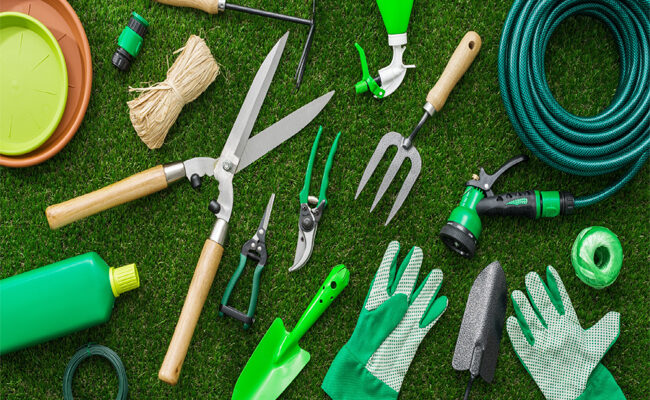
Have you noticed that the fruits and vegetables at the grocery store are overpriced and tasteless? Or the herbs all look wilted and sad? Then you should start your own garden.
There’s a lot to figure out, but one of the first steps in determining when to plant a garden. Keep reading to learn our best tips for planting a garden and growing quality crops.
Times of the Season
Determining when to plant some rows of potatoes or strawberries is more complicated than just spring, summer, or fall. When it comes to growing fruits, veggies, or herbs outside, you should use information specific to where you live. The planting and harvest times vary across the nation as daily average temperatures are different everywhere you go.
An easy crop to start with when learning how to plant a vegetable garden are bell peppers. Bell pepper can be grown from seeds indoors. However, they take a while to grow, around 2 to 3 months, so if you do plan to start from seeds, start early!
If it’s already past the seed planting time for a specific crop, don’t worry. You may be able to visit a plant nursery and buy seedlings or immature plants. They can typically be planted outside so long as you are outside of the frost period in your area and you’re within their growing season.
Dates to Know
Planting a garden isn’t as simple as judging by the weather. Here are some dates to know:
Your region’s frost date:
The estimated date of the last spring freeze or the first fall freeze, which is when temperatures drop between 29° to 32°F.
Sowing seeds indoors:
Seeds are typically started indoors around 6 weeks before your region’s last freeze date. This varies depending on seed type and zone.
Transplanting seedlings:
You shouldn’t move most plants straight from the comfort of your home or greenhouse to the ground. Instead, around a week before planting them in the ground, put the seedlings outside in a safe area for a few hours a day; increase that time for another seven days to adequately acclimate and handle the conditions. This process is called hardening off and is necessary for many transplants to avoid shock.
Use a planting calendar to find the best times to sow, transplant, and harvest fruits, veggies, and herbs for your area.
Preparing to Plant
Now that you know the process and timeline for sowing seeds to acclimating seedlings for transplant. Let’s plan your garden. Certain types of produce require a lot of room to grow, but it’s better to start small if this is your first time.
A 10’ x 10’ garden is a good size to start with. Keep in mind planting times and which growing seasons overlap when you think about what to plant in a garden.
Once you start digging or building a flower bed in your yard, you’re going to have a lot of waste. So check out Dumpster Clean LLC and explore their eco-friendly trash-bin cleaning services.
Tips That Make Knowing When to Plant a Garden Easier
The question of when to plant a garden isn’t easily answered, but we hope our advice will help you plan. Learn the frost dates of your region and use those dates to determine whether you’ll sow seeds indoors or buy seedlings. Then you can watch your garden grow and enjoy harvest time.
If you liked this article on starting a garden, check out the rest of our site for more posts like this one!
Leave a Reply